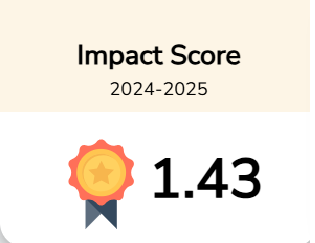The relationship between trade liberalization and gender disparity in education: Evidence from Pakistan
Downloads
Purpose: Over the past few decades, there has been an increasing interest in understanding the relationship between trade liberalization and gender inequality in developing countries. In Pakistan, due to its social, demographic, cultural and economic problems, gender disparity in education (GDE) is still prevalent. This study examines the impact of trade reforms on gender disparity in education using micro data from Pakistan.
Design/Methodology/Approach: The feasible generalized least-squares (FGLS) method is employed for empirical analysis. We used panel corrected standard errors (PCSEs) for robustness checks.
Findings: The analysis reveals that a reduction in import tariffs is associated with GDE. Trade liberalization gives rise to gender disparities. We added several control variables to the baseline model for robustness checks. Regarding the control variables, average family wage income, family size, urbanization, female-to-male labor force participation and the female share of the total labor force are identified as important determinants of GDE in Pakistan.
Originality or Value: This study contributes to the existing literature by studying the relationship between trade liberalization and gender disparity in education in Pakistan and employing a better measure of reductions in import tariffs for trade liberalization. We construct a provincial liberalization index. Second, this study takes into account the whole trade regime as a sample period (i.e., from 1990-2005) to assess the impacts of the trade regime as protection rates significantly reduced through this regime. Third, we measure the gender gap in education by comparing males and females' average years of schooling as opposed to previous studies that used secondary school enrolment ratios as a proxy for the gender gap in education. Fourth, we used panel data to explore the impact of trade liberalization on gender disparity in education for empirical analysis.





